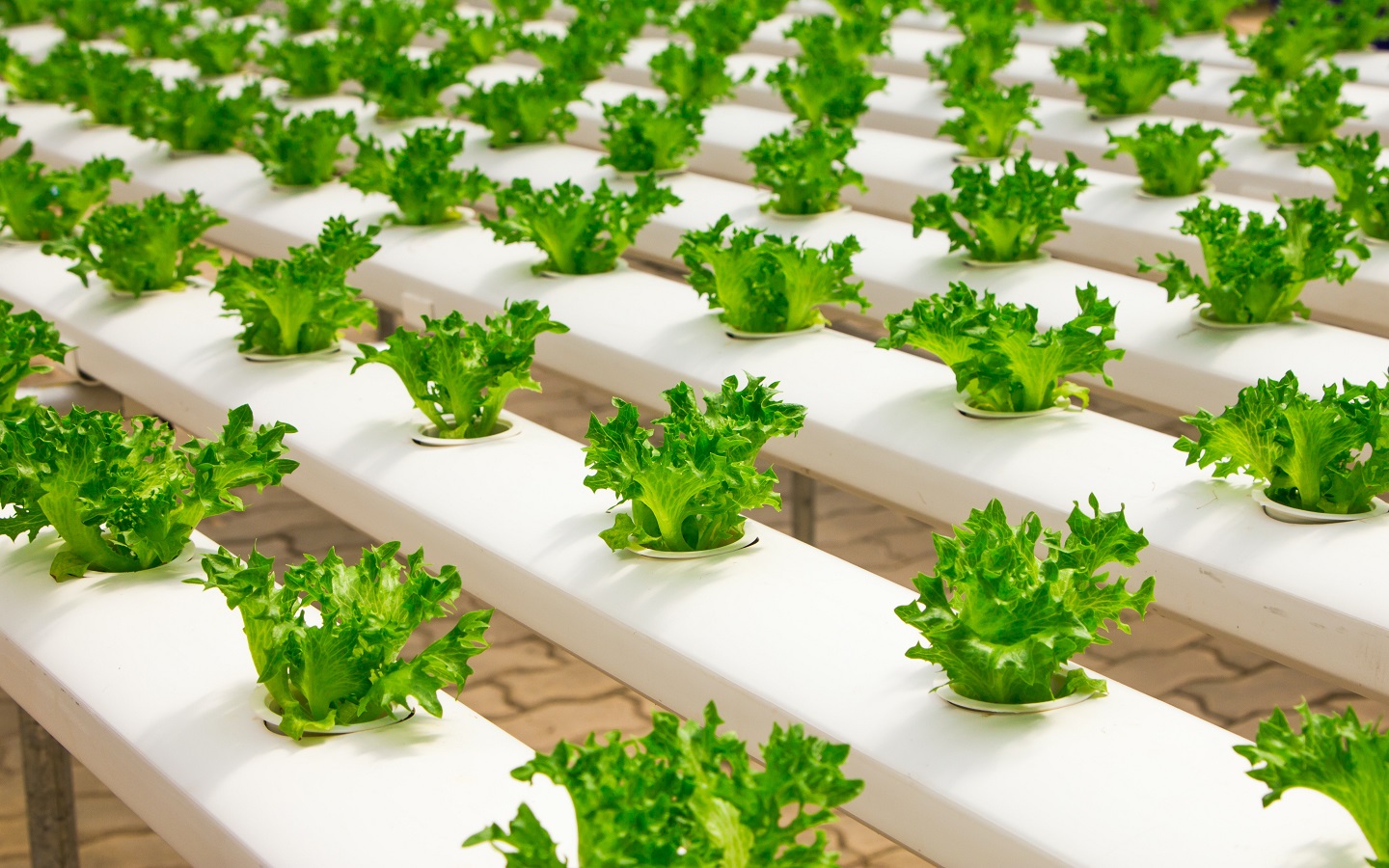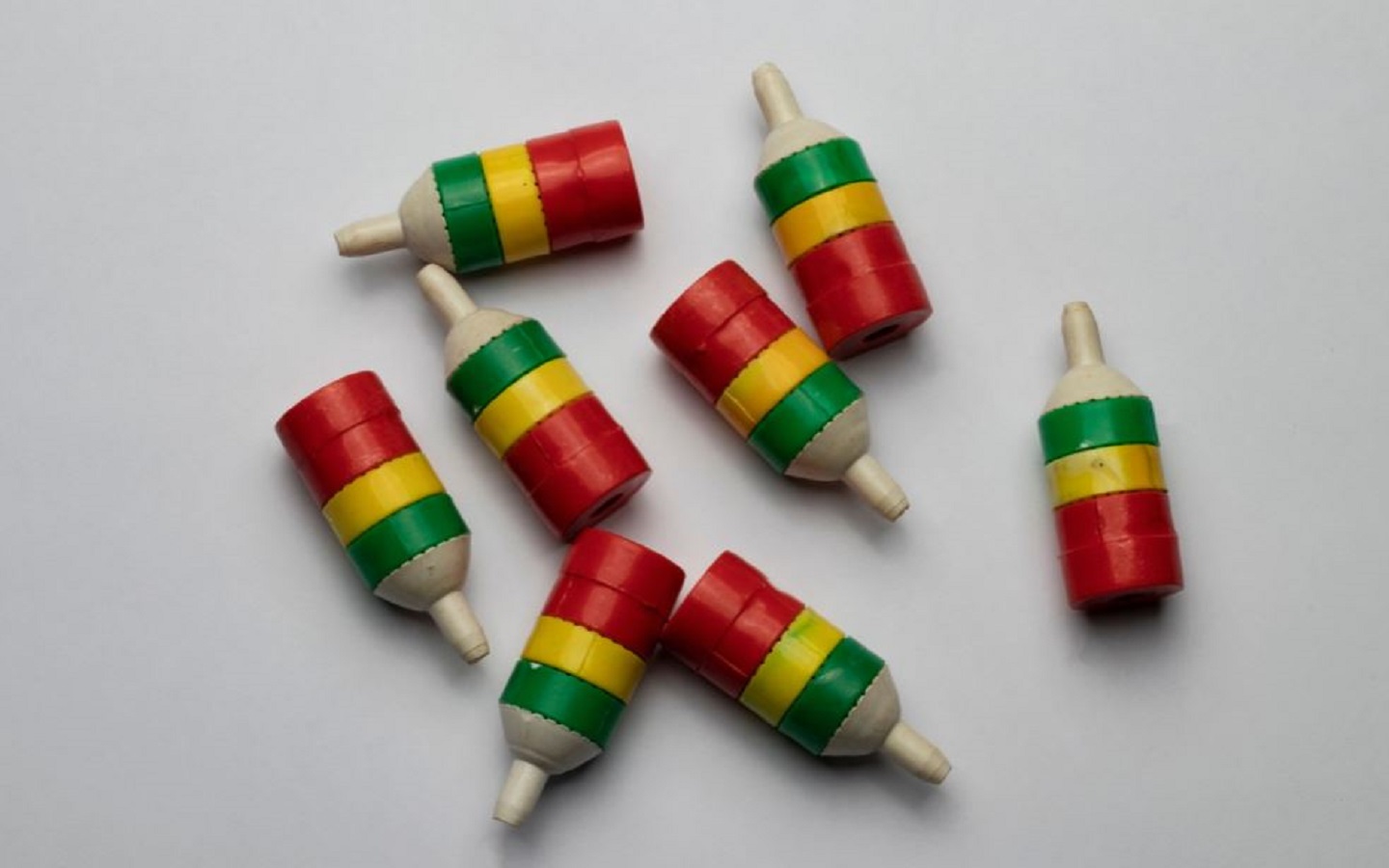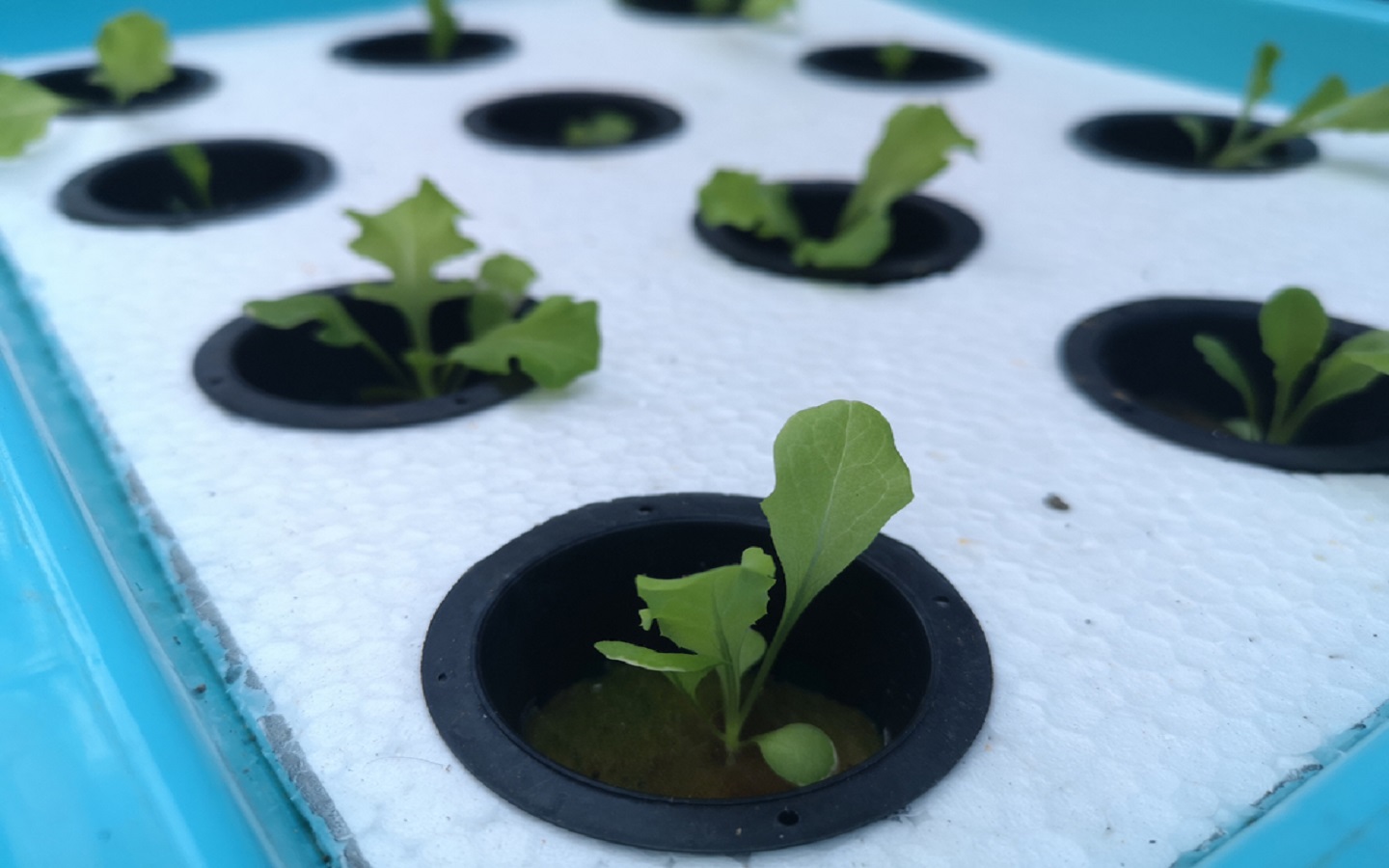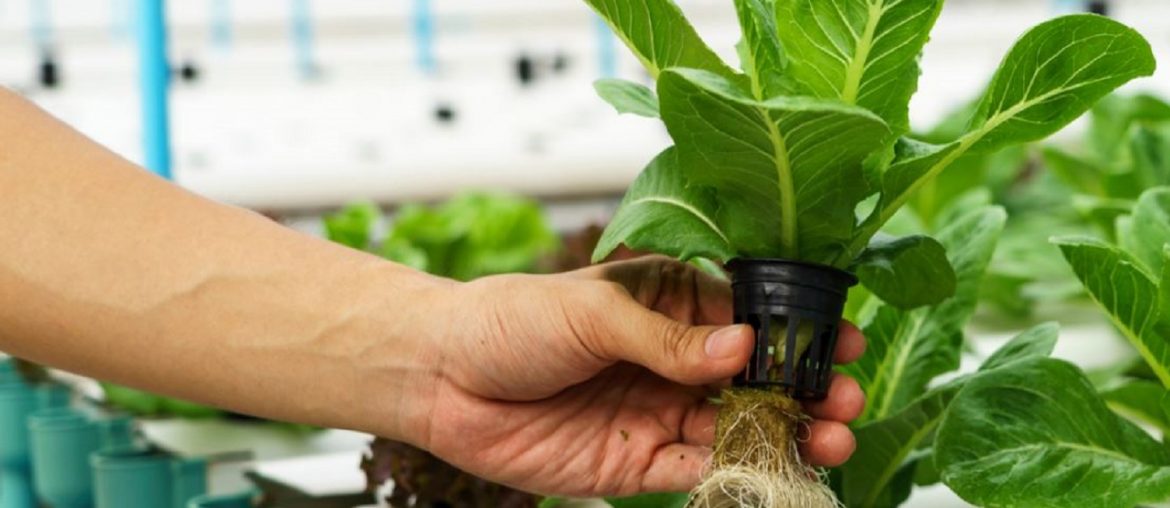A simple hydroponic garden is a type of garden which does not require soil for plantations. In place of soils, all the nutrients present in the soil come in a solution that helps the plants to grow. A hydroponic garden is a better alternative to the soil as it helps in the regulation of nutrients and the growth of the plants. In addition, it assists in natural pest control which is also a verified cost-effective method. In many cases, due to some irregularities, there might be damps and dirt accumulation due to soil, which may cause worms and other infestation. Henceforth, a DIY simple hydroponic garden is a very feasible option for hassle-free gardening at home.
Choosing your hydroponic system

There are 6 types of hydroponic systems. Some of the systems are for commercial production, medical production. Some are very basic and simple for DIY purposes, home gardening, and catering to basic vegetation needs for the family. The systems are:
- Aeroponics
- Ebb and Flow (Flood and Drain)
- Wick Systems
- Deep Water Culture (DWC)
- Drip Systems
- Nutrient Film Technique (NFT)
In this blog, we are going to talk about the Deep Water Culture (DWC) system as this is the simplest and the most convenient one for DIY at home. You can do this gardening at roof under shade as well as in form of vertical gardening.
What do you need to arrange for a kickstart?

Things that you need for creating DWC simple hydroponic garden at home are:
- An opaque bucket or a container
- Air pump
- Airstone
- Styrofoam platform
- pH Down
- pH meter
- Pipettes and drills
- Liquid soluble nutrients for hard water
- Net pots/Rockwool cubes/Hydroton clay
- Holesaw kits
- Measuring beaker
Methods and work procedure for preparation
Though the Deep Water Culture (DWC) is a simple hydroponic garden, there are some steps and precautions that you need to follow for getting an optimum result. The chain of the process is as below:
Setting up the plant container

The plant container or bucket must be opaque. No light should enter the bucket because it will cause algae, bacteria, and other germs to accumulate inside the container which eventually will lead to the death of the plants. A 45-55 liter container is much suitable for maintaining an optimum environment for the proper growth of the plants. In addition, it will help to retain the nutrient capacity for a long time without having to add them yet for another production or maintenance.
Drilling holes into the container lid
You can use net pots or Rockwool cubes or hydroton clay for the plants. These pots or cubes have plenty of holes for the root to pass out. Drill holes into the lid of the container and place the net pots or the Rockwool cubes. The size of the cubes/pots must be larger than the holes inside the lid of the container. Otherwise, there is a chance that these plant pots or cubes will fall through the holes. Make holes 12-15 cms apart from each other along with a hole in the center for a single plant system where you can cultivate larger vegetables like tomatoes. While drilling the container be very careful not to jolt the plastic as it will completely destroy the utility of the container.
Assembling air pump and placing the air stone
Set the air pump outside the container. The air pump has a check valve that regulates the flow of air and also prevents water flow inside the pump. Next, place the air stone and connect it with the check valve through a tube. The arrow on the check valve must be facing the air stone. Finally, connect the check valve to the air pump and you are all set.
Filling with soluble liquid nutrients
This part is a bit technical. You need to be very careful and follow all the necessary steps in order to complete the addition. Fill the entire container with water leaving not more than 2 cms space at the top. Add 110 ml of nutrients into the 55L container. These nutrients are the necessary micro and macronutrients for hydroponic gardens which are available in the market with specific amounts in bottles.
Adjusting the pH
Use the pH meter to take a reading of the pH level in the nutrient solution. Tap water has a pH of 6.5-7.5. Slight acidic pH helps the vegetables and herbs to accelerate their growth. If the pH increases for any reason, or for lowering the tap water pH, apply the “pH Down” solution using a pipette and keep an optimum acidic pH of 5.5-6.5. “pH Down” solution is basically phosphoric acid which is a weak acid and helps in lowering the pH a bit. Therefore, be very careful while applying the acid and wear a glove. Mix the solution carefully.
Assembling and maintaining the DWC system
For maintaining the DWC system, place the lid top along with a styrofoam platform for keeping the nutrients intact. Always check the level of water along with pH level. Place the air stone inside the container and plug the air pump. Now you are all set to plant the seedlings.
Plantation of the seedlings

Plantation of seedlings is quite simple and doesn’t need much effort. Use seedlings used in soil but clean the soil while putting that inside the net pots or Rockwool cubes or hydroton clays. Place them inside the holes that you have drilled before. Now you are all ready to go.
Are hydroponically grown foods good for health?
There might be a question, if vegetables, fruits that you have produced through a simple hydroponic garden are good for your health. It is indeed the next generation of gardening technology that is turning into commercial incentives. These gardens ensure all the nutrients that are required. Sometimes foods grown naturally in the soil might have fluctuations due to natural soil conditions in different environments. In many cases, food’s nutrition value diminishes for the excess use of chemical fertilizers. Henceforth, it is very important to regulate the nutrients of food, and you can do that only through the production of your foods by a DIY simple hydroponic garden at home.





4 Comments
Really informative and helpful article.
A very informative and helpful article. Needed this to improve my home gardening setup.
Very informative and helpful.
This is very informative with great tips. Thank you for sharing!